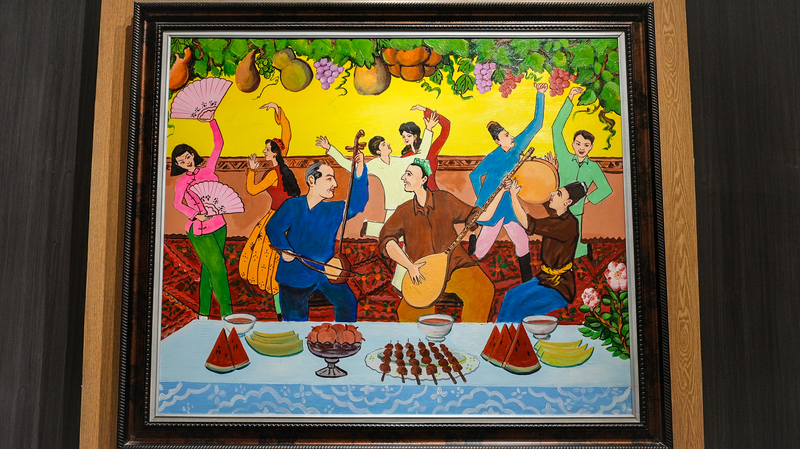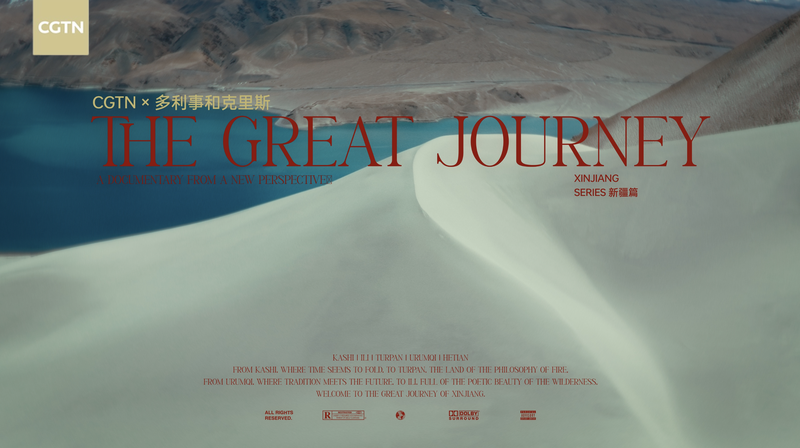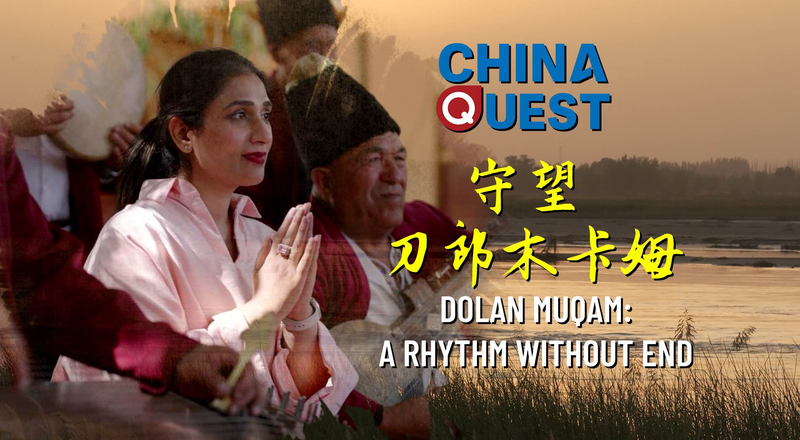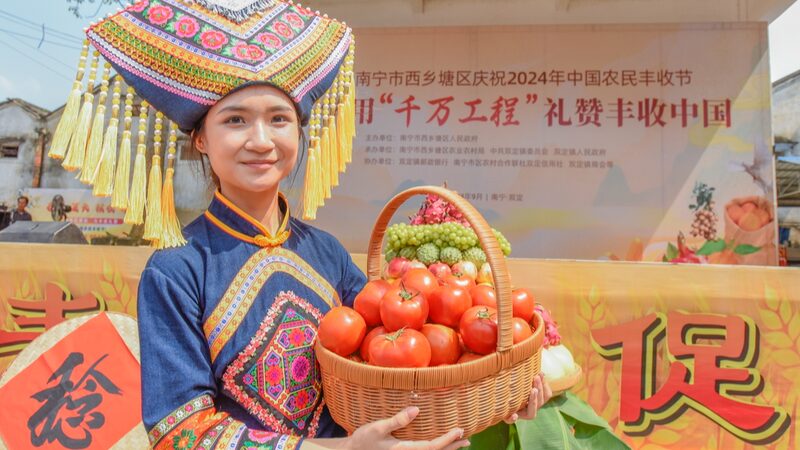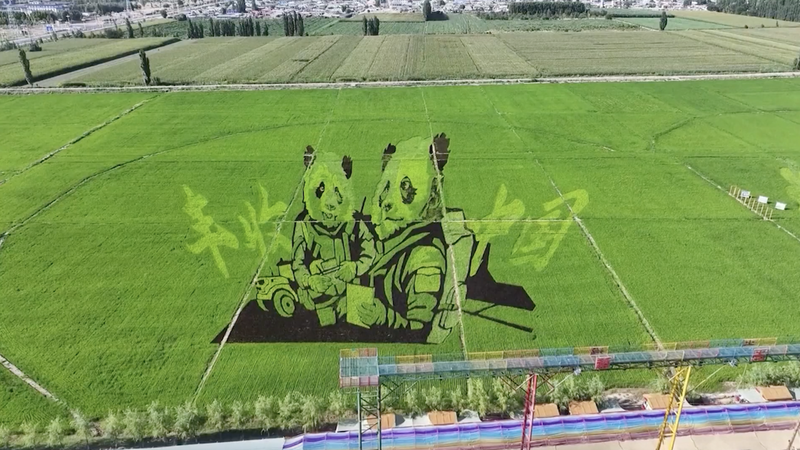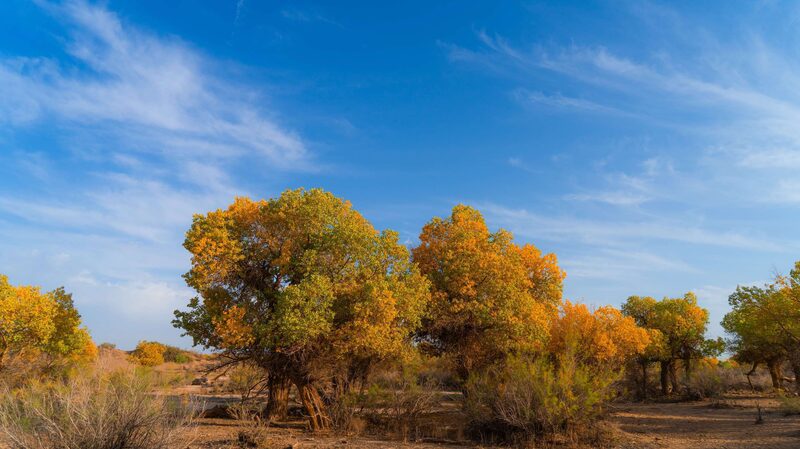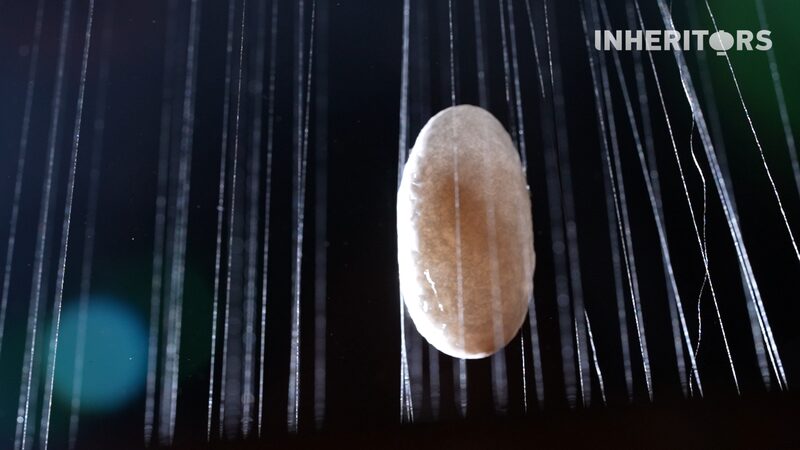On the sunbaked fringes of the Taklimakan Desert, farmers in Makit County are wielding brushes instead of hoes, transforming their lived experiences into vibrant canvases that pulse with cultural pride. For generations, Dolan farmers' paintings have chronicled daily life in the Xinjiang Uygur Autonomous Region – from bustling bazaars to harvest celebrations – through kaleidoscopic hues and intricate patterns rooted in Silk Road heritage.
"Our art is like the poplar trees of the desert," says local artist Ablimit Memet, referencing Xinjiang's iconic windbreak species. "It grows stronger through challenges, preserving our stories while reaching toward new possibilities." Recent exhibitions in Beijing and Istanbul have brought global attention to this grassroots movement, with collectors praising its fusion of traditional Uygur motifs with contemporary themes.
The regional cultural department reports a 300% increase in registered Dolan artists since 2020, coinciding with improved digital access to global art markets. Many creators now supplement agricultural incomes by selling works through e-commerce platforms, with some collaborative murals fetching over ¥50,000 ($6,900).
Cultural preservation officer Gulnur Tursun notes: "This isn't just about economics. Each painting teaches younger generations about our shared history while demonstrating how tradition evolves." The art form's resurgence comes as Xinjiang sees record tourism numbers, with visitors drawn to authentic cultural experiences along ancient trade routes.
As sunset gilds the desert sands, the clatter of looms and laughter from communal painting sessions echo through Makit's workshops – proving that cultural heritage, when nurtured, can thrive alongside modernity.
Reference(s):
cgtn.com
